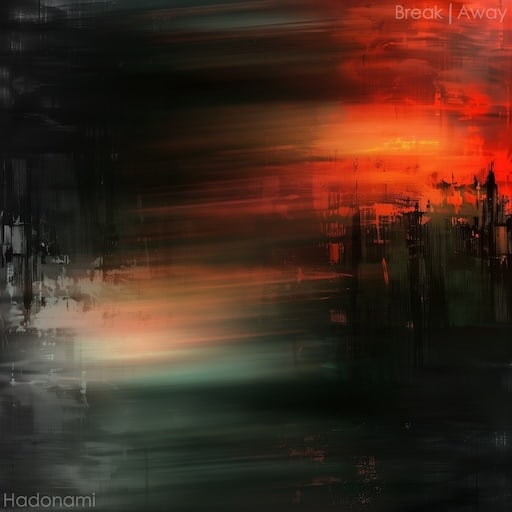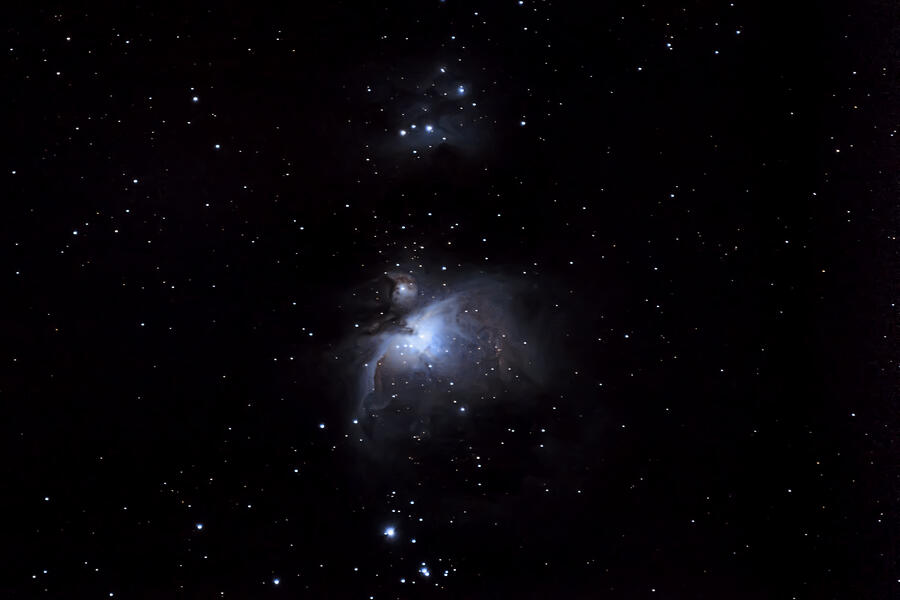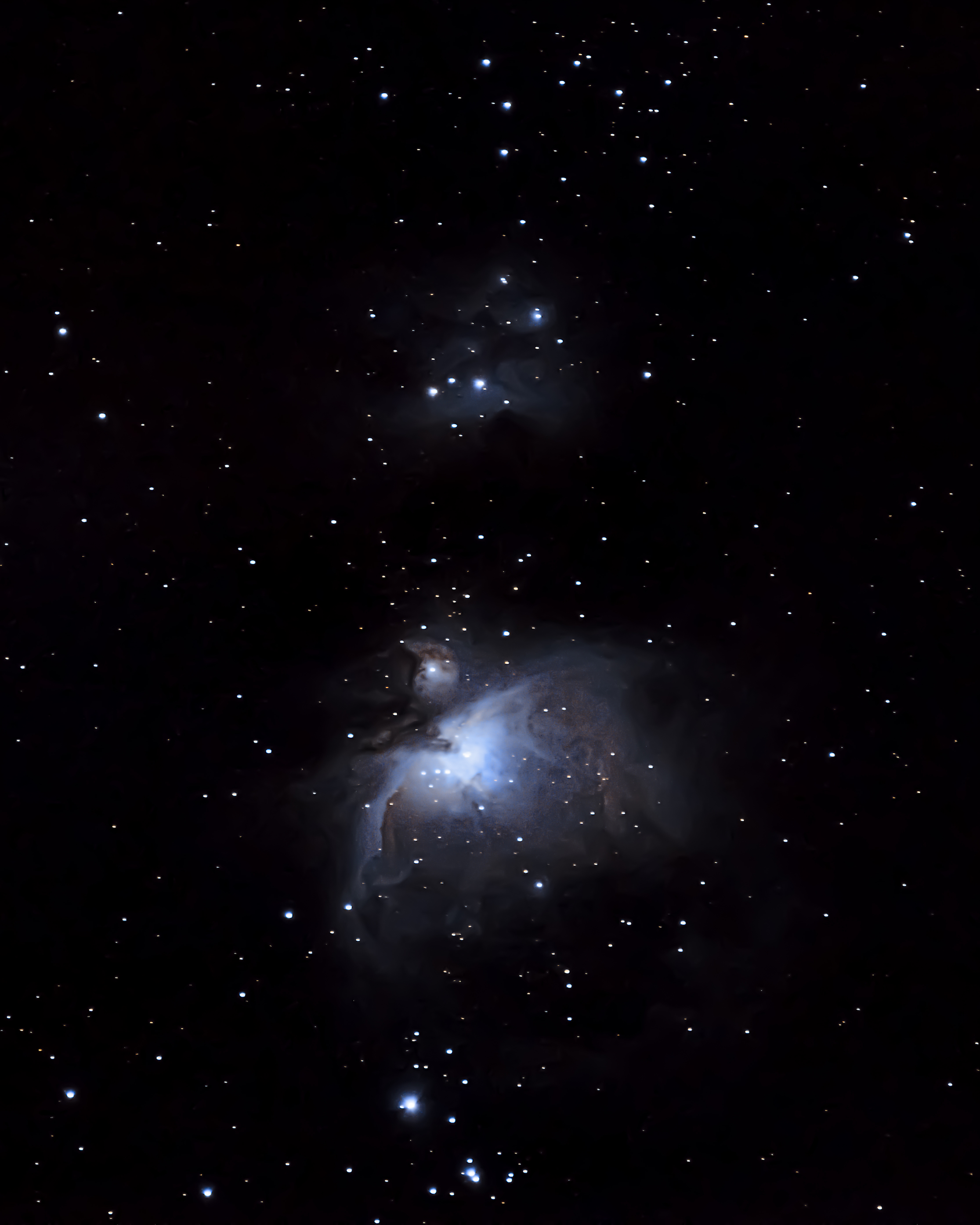
Orion Nebula and Siril
While I was out photographing comet C/2022 E3 (ZTF) I also took some untracked shots of the Orion Nebula. I've never had any success in photographing a deep sky object before so I'm glad with how it turned out.
For the image below, I just shot 50 1-second exposures at ISO 6400. I didn't have dark, flat, or bias frames, so I used the "OSC_Preprocessing_WithoutDBF" script to do all the processing with Siril. And wow! That script handles the registration and stacking automatically. Note to self: since Siril does a lot of writing (of temporary/scratch data that doesn't need to be permanently saved) to disk, run Siril on an external spinning hard drive to avoid writing all that data to an SSD.
Note: I modified the script to perform Siril's "2x drizzle" option while stacking. It didn't make a huge difference, but if I had been processing more frames it likely would have helped a lot more. I think many short exposures, shot untracked, would benefit a lot from the drizzle algorithm.
I mostly followed Scott Donschikowski's awesome Siril+Photoshop tutorial on YouTube.
I mostly followed Scott's advice for processing the stacked image with Siril and Photoshop.
One exception was the Photoshop background noise reduction step, which I repeated a few times. I believe my image, being just a few exposures with a non-astro camera, was a bit noisier than his.
Another exception was the Photoshop nebula contrast enhancement step — I used starnet++ to remove the stars from the image, imported the result as a layer, and then I ran Photoshop's High Pass filter on that (instead of Scott's method of removing the stars from the high pass filter output).
I'm really happy with the results. It seems to me that simple star trackers, like the Sky-Watcher Star Adventurer, are maybe not worth the effort for me at this point. A fully-computerized "goto" mount would allow easier tracking of the target and longer exposures, but without any mount or tracker I can just take a few 1- or 2-second exposures and get decent results.




